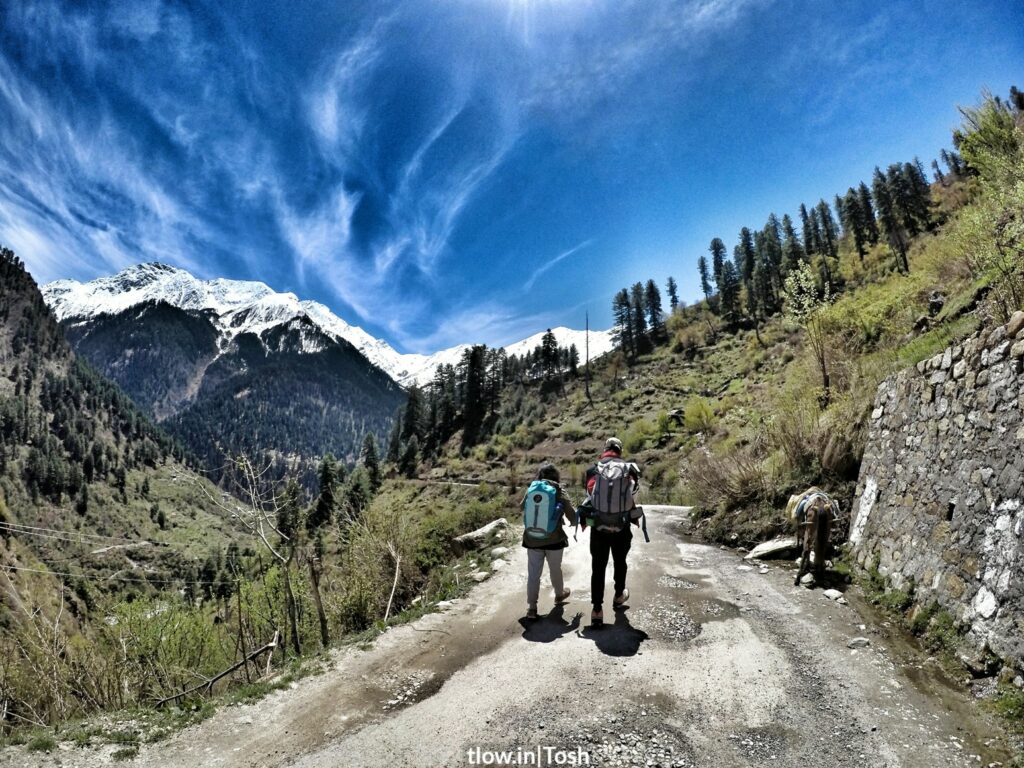
10 strong tips how to get fit for a Himalayan trek
Fitness as a vital part of hiking and trekking. Without fitness you won’t really be able to to enjoy the hike so if your planning a trek anywhere in the near future then the points listed below will come very handy to help you plan and train to get into the optimum fitness possible to embark on your Himalayan adventure..
Table of Contents

1. Start with a trek plan:
Create a workout schedule leading up to your backpacking trip. This will help you stay on track and gradually build up your fitness levels.
2. Cardiovascular exercises:
Incorporate activities like running, swimming, cycling, or brisk walking into your routine. Aim for at least 30 minutes of moderate to high-intensity cardio exercises, three to five times a week.
Trekking in the Himalayas requires endurance and stamina. Begin by incorporating aerobic exercises such as jogging, running, cycling, or swimming into your routine. Aim for at least 30 minutes of cardio exercise, three to four times a week, gradually increasing the duration and intensity as you progress.

3. Strength training:
Focus on strengthening your core, legs, and upper body to support the demands of backpacking. Include exercises like squats, lunges, push-ups, planks, and weight lifting in your routine. As you progress in your fitness regimen, gradually add weight to your backpack and train while hiking or walking. This will help your body adjust to carrying the extra load you’ll be carrying during the trek.
4. HIIT workouts:
High-Intensity Interval Training (HIIT) can help improve your overall fitness levels quickly. Short bursts of intense exercises followed by periods of rest can effectively burn calories and build endurance. While the primary focus is on your legs, having a strong core and upper body will make trekking easier. Engage in exercises like planks, sit-ups, push-ups, and pull-ups to strengthen your core, back, and upper body muscles.
5. Flexibility and mobility exercises:
Incorporate stretching, yoga, or Pilates to improve flexibility, prevent injuries, and relieve muscle soreness. Work on your core and upper body:
Improve your flexibility through stretching exercises like yoga, Pilates, or simple stretches. Flexibility helps prevent injuries and enables you to maneuver through challenging sections of the trek more easily.

6. Hiking and walking:
Mimic the physical demands of backpacking by going on regular hikes or long walks with a loaded backpack. Gradually increase the weight and duration to prepare your body for carrying a backpack while on a trek.
Trekking involves long hours of walking on uneven terrain, so it is essential to strengthen your leg muscles. Incorporate exercises like squats, lunges, step-ups, and calf raises into your fitness routine. You can also consider stair climbing or hiking on local trails to simulate the conditions you will encounter during the trek.
7. Pay attention to nutrition:
Eat a balanced diet that includes lean proteins, whole grains, fruits, vegetables, and healthy fats. Stay hydrated by drinking plenty of water throughout the day. Drink plenty of water, at least 2-3 liters per day, and eat a well-balanced diet rich in carbohydrates, proteins, and healthy fats. Proper nutrition is vital for energy and muscle recovery during training.
8. Get enough rest:
Allow your body time to recover by getting enough sleep and rest days between workouts. Adequate rest is crucial for muscle repair and preventing fatigue. Allow your body time to rest and recover between training sessions. It is during rest that your muscles repair and become stronger.

9. Increase gradually:
Gradually increase the intensity and duration of your workouts over time. Avoid overexerting yourself too quickly, as it may lead to injuries or burnout. If you are heading to higher altitudes, it is crucial to prepare yourself for altitude sickness. Consider doing some altitude training or hiking at high altitudes before the trek to help your body adjust to the reduced oxygen levels.
10. Stay motivated:
Find a workout buddy or join fitness classes to stay motivated and accountable. Set goals and track your progress to stay focused and excited about your fitness journey before your backpacking trip. Mimic trekking movements by incorporating exercises like step-ups, walking lunges, and side lunges into your routine. These exercises help train the muscles you will be using during the trek.
For a hiking trip >> click here <<










